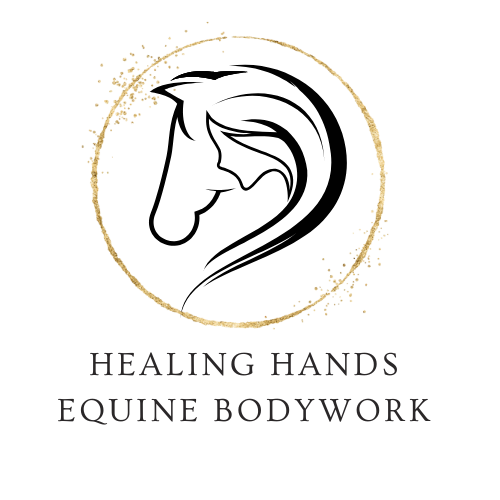So what IS bodywork?
I recently got a call from someone inquiring about my services. And one of the questions she had was:
WHAT EXACTLY IS BODYWORK? IS IT MASSAGE THERAPY?
So I thought it best to answer it since I imagine there are a few who would like to know.
Let me start out by saying what bodywork is NOT:
It is not a substitute for veterinary care. If your horse has an injury, lameness or other health issue, please consult your veterinarian for a proper diagnosis.
Bodywork and/or Massage Therapy can even be contra-indicated for some cases. An example would be a fracture. While we want to loosen tension and restriction most of the time, in case of a fracture the body's ability to stabilize the injured area is vital to proper healing and treatment. Bodywork should only be added upon your veterinarian's approval and once the fracture has healed.
I should know - my own wrist fracture taught me more than I can even tell you! If you would like to see what I got out of this particular experience, drop me a note via email and I will send you the link to that newsletter.
Another example would be pregnancy - especially during the first and third trimester.
Bodywork can offer amazing benefits though when your horse has accumulated tension and restriction in his body.
It offers a way to re-educate the body, integrate new and more effective movement patterns and enhances general health and well-being. And let's not forget the tremendous benefits for performance!
So what IS "bodywork"?
Most people are familiar with the term "Massage". You may even received one at one time or another. Massage is described as manipulating the soft tissue - through a variety of techniques - to release tension in the muscle fibers or even the fascia. It typically involves different types of stroke such as compression, effleurage, petrissage or tapotement. It can be deeply relaxing, and some horses really love it. Achieving a greater state of relaxation in our horses is always beneficial (unless you are at the show and need your horse to be peppy, not ready to take a nap!).
You may also have heard of Therapeutic Massage therapy - which typically involves getting to deeper tissues and can be quite intense. Some myofascial release techniques, such as Rolfing, fall into this category. They are designed to get to the root of pain or compensatory patterns in the body.
Since horses are prey animals, you can imagine that while we may want to "dig deep", "get that knot out of those gluteals", the horse's innate make-up as a species presents some challenges. It takes a tremendous amount of trust for them to allow us to access those painful areas and deep patterns without bracing against our efforts.
This now calls for us to learn and develop techniques and approaches that address the entire body, those deeper patterns of tension and restriction without losing the horse's trust and relaxation. By emphasizing the EFFECT on the horse and working with the body, not on the body, we can assist the horse to return to a state of balance as it relates to overall health. We are looking for improved function and well-being IN ADDITION to relaxation.
Bodywork can include traditional massage, joint mobilization, energy work such as Reiki, kinesiology, accupressure, Traditional Chinese Medicine (such as meridian work) and myofascial work. Some practitioners also utilize essential oils.
I cannot emphasize enough how beneficial a light, almost imperceptible touch is when working with horses. Having different tools in your bag of tricks allows us to switch gears when a horse simply can't tolerate a certain technique.
One of my favorite picture of my mare Sassy - taken by my brother. I lost her in April of 2016 - her spirit still strong but her body finally needed to move on. She was one of my greatest teachers because she was always clear about what worked or didn't.
Watching, being aware and in constant communication with the horse is absolutely vital. Every change in expression is communication.
Allowing them the ability to move and integrate the changes we ask for during the session - that in itself is part of the bodywork.
If you would like to see if bodywork can assist you and your horse through a specific situation or are interested in incorporating it into your horse's performance and maintenance program, please send me an email or give me a call.


